Don’t Miss These 30 Fruits and Vegetables at Your Farmers Market
Saturday, March 26, 2016

Like a photoshopped still-frame, the produce section of your average grocery store is often unchanging, despite turning seasons and changing weather. Refrigeration, chemical preservation and shipping allow shoppers to find familiar fruits and vegetables year-round — carrots and apples all cleaned, waxed and stacked in the customary quasi-pyramids of produce.
Though eating this way is convenient, many argue that it is not ideal for our bodies or the environment. Eating produce as it naturally grows by season not only provides more nutrients and promotes a healthier microbiome, but also allows for healthier crop rotation. Additionally, eating locally sourced fruits and vegetables helps your home-town farmers.
To assist those on their path to healthfulness, HealthGrove used data from the ESHA nutrition database to find the 15 healthiest fruits and 15 healthiest vegetables to keep an eye out for this spring and summer at your farmers markets and local produce stands. These are ranked by their nutrient score, which looks at the ratio of “good” nutrients, such as vitamins and minerals, to “bad nutrients,” like cholesterol, fat and sugar.
The slide show presents all fruits, followed by all vegetables.
Note: Though serving sizes may differ for these fruits and vegetables, it does not affect their nutrient score.
#15. Nectarine
Calories: 69
Serving Size: 1.0 piece (156 grams)
Nutrient Score: A-
Good Source Of: Vitamin C (14% DV)
#14. Navel Orange
Calories: 40
Serving Size: 0.5 cup (82.5 grams)
Nutrient Score: A-
Good Source Of: Vitamin C (81.3% DV)
#13. Blueberries
Calories: 42
Serving Size: 0.5 cup (74 grams)
Nutrient Score: A-
Good Source Of: Vitamin K (17.9% DV)
#12. Red Grapefruit
Calories: 48
Serving Size: 0.5 cup (115 grams)
Nutrient Score: A-
Good Source Of: Vitamin A (59.8% DV)
#11. Apricot
Calories: 40
Serving Size: 0.5 cup (82.5 grams)
Nutrient Score: A-
Good Source Of: Vitamin A (31.8% DV)
#10. Pineapple
Calories: 28
Serving Size: 1.0 piece (56 grams)
Nutrient Score: A-
Good Source Of: Vitamin C (44.6% DV)
#9. Kumquats
Calories: 13
Serving Size: 1.0 piece (19 grams)
Nutrient Score: A-
Good Source Of: Vitamin C (13.9% DV)
#8. Guava
Calories: 37
Serving Size: 1.0 guava (55 grams)
Nutrient Score: A-
Good Source Of: Vitamin C (209.3% DV)
#7. Strawberries
Calories: 45
Serving Size: 20.0 berries (140 grams)
Nutrient Score: A-
Good Source Of: Vitamin C (137.2% DV)
#6. Lemon
Calories: 24
Serving Size: 1.0 lemon (84 grams)
Nutrient Score: A
Good Source Of: Vitamin C (74.2% DV)
#5. Cranberries
Calories: 25
Serving Size: 0.5 cup (55 grams)
Nutrient Score: A
Good Source Of: Vitamin C (12.2% DV)
#4. Raspberries
Calories: 32
Serving Size: 0.5 cup (61.5 grams)
Nutrient Score: A
Good Source Of: Vitamin C (26.9% DV)
#3. Blackberries
Calories: 31
Serving Size: 0.5 cup (72 grams)
Nutrient Score: A
Good Source Of: Vitamin C (25.2% DV)
#2. Lime
Calories: 20
Serving Size: 1.0 lime (67 grams)
Nutrient Score: A
Good Source Of: Vitamin C (32.5% DV)
#1. Rhubarb
Calories: 11
Serving Size: 1.0 piece (51 grams)
Nutrient Score: A+
Good Source Of: Vitamin K (18.7% DV)
Though Rhubarb is scientifically regarded as a vegetable, the USDA categorizes it as a fruit. If it had been compared as a vegetable, it would have ranked at No.9.
#15. Leeks
Calories: 4
Serving Size: 1.0 slice (6 grams)
Nutrient Score: A
Good Source Of: Magnesium (7% DV)
#14. Green Beans
Calories: 31
Serving Size: 1.0 cup (100 grams)
Nutrient Score: A
Good Source Of: Vitamin C (20.3% DV)
#13. Green Peas
Calories: 59
Serving Size: 0.5 cup (72.5 grams)
Nutrient Score: A
Good Source Of: Vitamin C (48.3% DV)
#12. Kohlrabi
Calories: 4
Serving Size: 1.0 slice (16 grams)
Nutrient Score: A+
Good Source Of: Vitamin C (16.5% DV)
#11. Green Bell Pepper
Calories: 5
Serving Size: 10.0 pieces (27 grams)
Nutrient Score: A+
Good Source Of: Vitamin C (36.2% DV)
#10. Portobello Mushrooms
Calories: 18
Serving Size: 1.0 mushroom (84 grams)
Nutrient Score: A+
Good Source Of: Vitamin D (93.7% DV)
#9. Carrots
Calories: 1
Serving Size: 1.0 slice (3 grams)
Nutrient Score: A+
Good Source Of: Vitamin A (10% DV)
#8. Arugula
Calories: 5
Serving Size: 1.0 cup (20 grams)
Nutrient Score: A+
Good Source Of: Vitamin K (27.2% DV)
#7. Scallions
Calories: 6
Serving Size: 4.0 scallions (20 grams)
Nutrient Score: A+
Good Source Of: Vitamin K (51.8% DV)
#6. Mustard Greens
Calories: 15
Serving Size: 1.0 cup (56 grams)
Nutrient Score: A+
Good Source Of: Vitamin K (180.3% DV)
#5. Garlic
Calories: 4
Serving Size: 1.0 teaspoon (2.8 grams)
Nutrient Score: A+
Good Source Of: Selenium (20.3% DV)
#4. Okra
Calories: 31
Serving Size: 8.0 okra (95 grams)
Nutrient Score: A+
Good Source Of: Vitamin K (37.2% DV)
#3. Broccoli Rabe
Calories: 4
Serving Size: 0.5 cup (20 grams)
Nutrient Score: A+
Good Source Of: Vitamin K (56% DV)
#2. Yam
Calories: 89
Serving Size: 0.5 cup (75 grams)
Nutrient Score: A+
Good Source Of: Vitamin C (21.4% DV)
#1. Kale
Calories: 8
Serving Size: 1.0 cup (16 grams)
Nutrient Score: A+
Good Source Of: Vitamin K (141% DV)
Research More Nutrition Facts on HealthGrove
Related Slideshow: Top 5 Backpacking Foods You Never Knew You Needed
Related Articles
- Portland Police Providing Extra Patrols Near Houses of Worship
- Portland Police Release Personal Photos From Stolen Camera
- Portland Police Officer Assaulted While Arresting Flasher
- Portland Police Investigating North Portland Shooting
- Portland Police Investigating Lewis and Clark Assault As A Hate Crime
- Portland Police Release Photos of Stabbing Suspect
- Portland Police Resist Medical Examiner’s Involvement in Officer-Involved Shooting Investigations
- Portland Police Seek Help in Finding Old Town Stabbing Suspect
- Portland Police Searching for Gunman Who Shot Moving Truck
- Portland Police Search for Northside Homicide Suspect
- Portland Police Respond to 4 Suicide Calls; None Result in Deaths

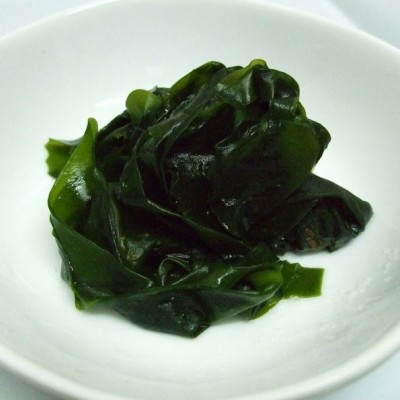
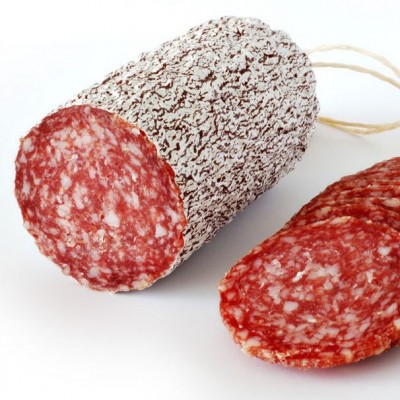
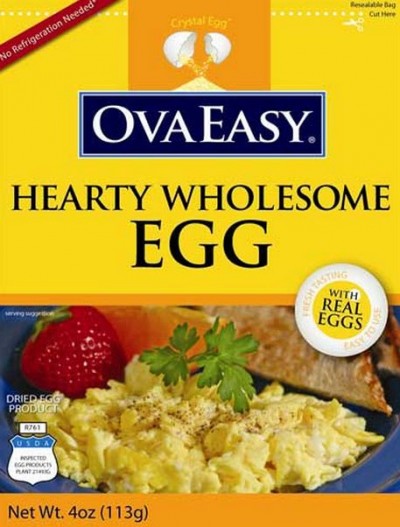
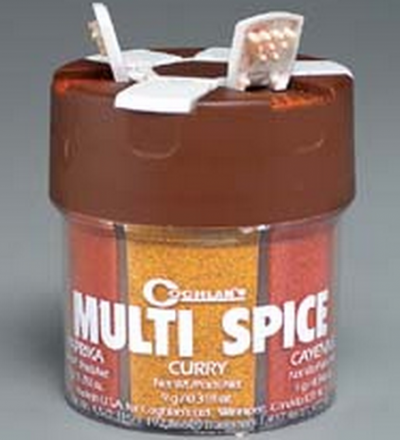
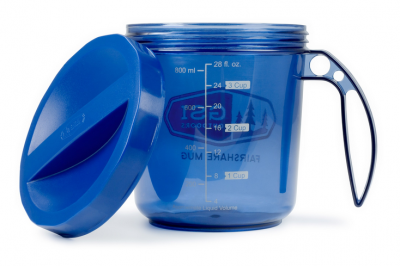








Follow us on Pinterest Google + Facebook Twitter See It Read It